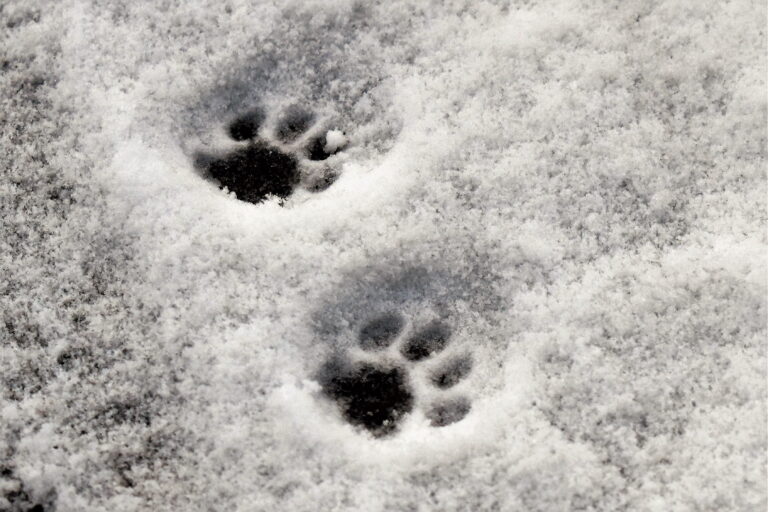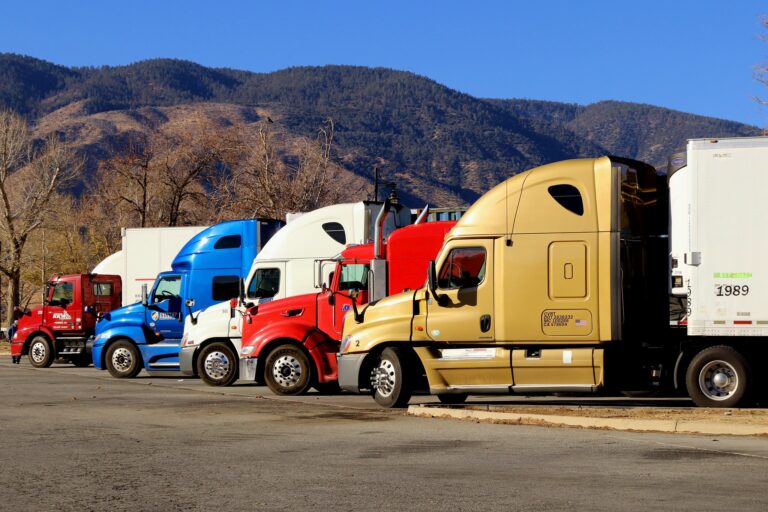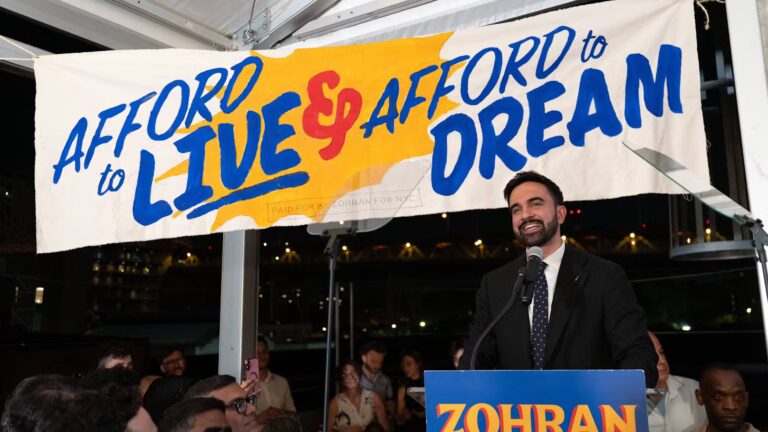Martin Drake is a student at Harvard Law School.
5,190 workers were killed on the job in 2016, up from 4,836 in 2015, with an additional 50-60,000 deaths from occupational diseases that same year, MarketWatch reports. Those numbers come from a new report released Thursday by the AFL-CIO, entitled “Death on the Job, the Toll of Neglect, 2018.” Between the two figures a total of 150 workers died per day in 2016 from hazardous working conditions. Transportation accidents were the leading cause of workplace fatalities, at 40 percent of all deaths. The total number of workers killed on the job is down from 13,800 in 1970, the year Congress enacted OSHA.
In other workplace safety news, National Council for Occupational Safety and Health (COSH) released its “Dirty Dozen” list this week, which highlights particularly dangerous workplaces around the country. The group put Amazon on their list this year, pointing to seven workplace deaths in Amazon warehouse since 2013, including three workers dead within five weeks of each other in 2017. COSH writes that “despite a pattern of preventable deaths, Amazon is requesting billions in tax breaks for a new headquarters.” As OnLabor has previously reported, Amazon heavily relies on a its blue-collar warehouse workers, contrary to its image as a white-collar Silicon Valley tech company.
Restaurant workers in Portland, OR voted to form the first formally recognized fast food union in the country last week, the Willamette Week reports. The Burgerville workers unionized with the help of the Industrial Workers of the World, and they hope to negotiate for a $5 per hour wage increase, consistent scheduling, child care and affordable healthcare. A second Burgervillle location has also filed for a union election.
24,000 unionized patient-care and service workers at University of California (UC) hospitals and college campuses plan to strike from May 7 to May 9, the Sacramento Bee reports. Their union, AFSCME, announced the strike yesterday, pointing to massive growth in executive salaries on UC campuses. Kathryn Lybarger, president of the local AFSCME, said that UC is pushing down market wages around the state by hiring independent contractors for work formerly done by union employees—all while UC executives have seen a 64 percent pay increase over the past 10 years.






Daily News & Commentary
Start your day with our roundup of the latest labor developments. See all
December 12
OH vetoes bill weakening child labor protections; UT repeals public-sector bargaining ban; SCOTUS takes up case on post-arbitration award jurisdiction
December 11
House forces a vote on the “Protect America’s Workforce Act;” arguments on Trump’s executive order nullifying collective bargaining rights; and Penn State file a petition to form a union.
December 8
Private payrolls fall; NYC Council overrides mayoral veto on pay data; workers sue Starbucks.
December 7
Philadelphia transit workers indicate that a strike is imminent; a federal judge temporarily blocks State Department layoffs; and Virginia lawmakers consider legislation to repeal the state’s “right to work” law.
December 5
Netflix set to acquire Warner Bros., Gen Z men are the most pro-union generation in history, and lawmakers introduce the “No Robot Bosses Act.”
December 4
Unionized journalists win arbitration concerning AI, Starbucks challenges two NLRB rulings in the Fifth Circuit, and Philadelphia transit workers resume contract negotiations.